Sixty-five years ago this month American paratroopers began their distinguished combat record when the 509th Parachute Infantry Battalion made the U.S. Army's first airborne combat jump near Oran, Algeria, on November 8, 1942. One week later, having repacked their own parachutes--paratroopers were their own riggers then-- the 509th made its second combat jump at Youks Les Bains on November 15.
While the tactical results were disappointing (for reasons beyond the 509th's control), these initial combat jumps demonstrated the feasibility of employing airborne units to seize critical objectives over significant distances. This first airborne assault launched 39 C-47 aircraft from airfields in England on a 1,500-mile route to drop zones in North Africa. The Army's aggressive commitment to this new arm was reflected in the re-designation of two infantry divisions (the 82nd and 101st) as airborne divisions in August 1942, less than three months before the 509th jumped into the desert.
The superb combat record of the 509th during the remainder of the war -- under a wide variety of challenging tactical conditions -- demonstrated both the special qualities airborne soldiers bring to the battlefield as well as the careful planning necessary to ensure the best employment of this elite arm. When the war ended in 1945, the 509th had, in less than three years, completed four combat parachute assaults (North Africa, Italy, Southern France), made one amphibious assault (Anzio), earned two Army Presidential Unit Citations (Carano, Italy; and Liege, Belgium), and multiple battalion-level foreign awards. Corporal Paul B. Huff was the first paratrooper to earn the Medal of Honor. When disbanded in January 1945 after heavy combat during the Battle of the Bulge, with less than ten percent present for duty, the 509th had surely lived up to its motto: "All the Way!"
The bravery, toughness, aggressiveness and initiative displayed by 509th paratroopers in North Africa, Italy, Southern France and Germany were born in demanding airborne and infantry training programs in the U.S. and England that included challenging road marches, extended tactical exercises, extensive weapons firing and realistic parachute training. These same qualities have been demonstrated by the generations of airborne soldiers who have since served in the 509th and by the airborne troopers who are now carrying on the regiment's tradition of combat leadership in Operation Iraqi Freedom. Distinguished former members of the 509th (and their years in the unit) include Chief of Staff, Army, GEN George W. Casey, Jr. (1971-74); GEN David H. Petraeus, Commanding General, Multi-National Force, Iraq (1975-79); and LTG Thomas F. Metz, Deputy Commanding General/Chief of Staff, U.S. Army Training and Doctrine Command (1972-75).
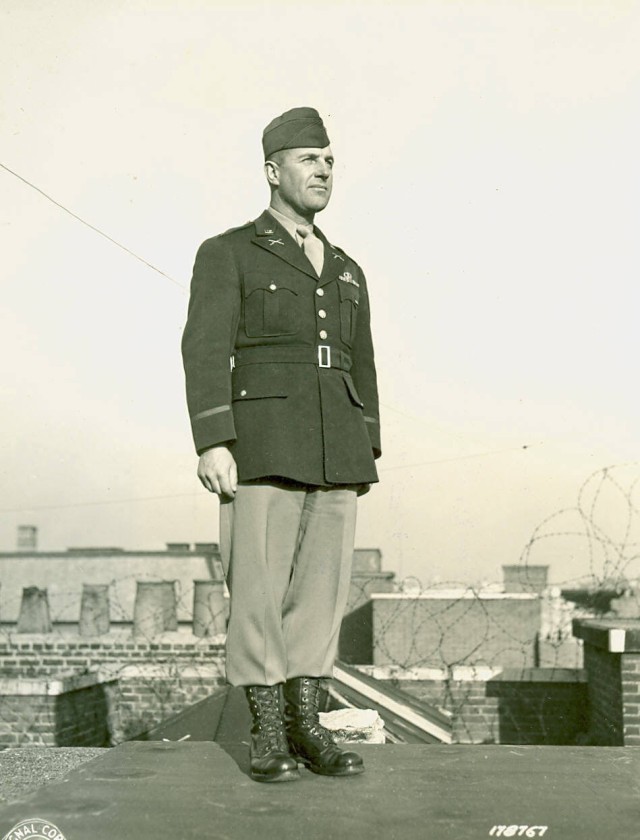
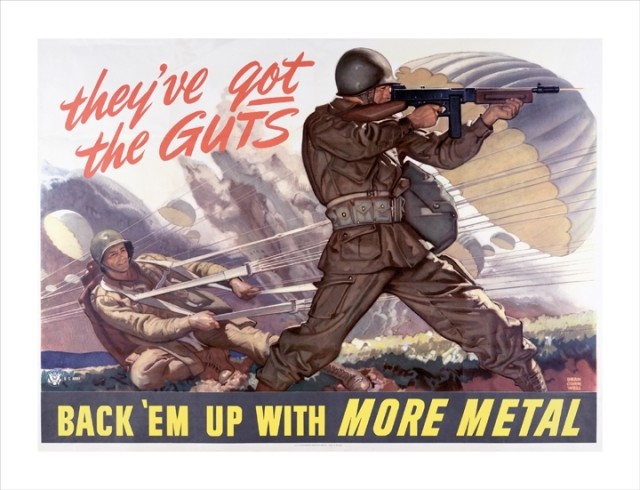
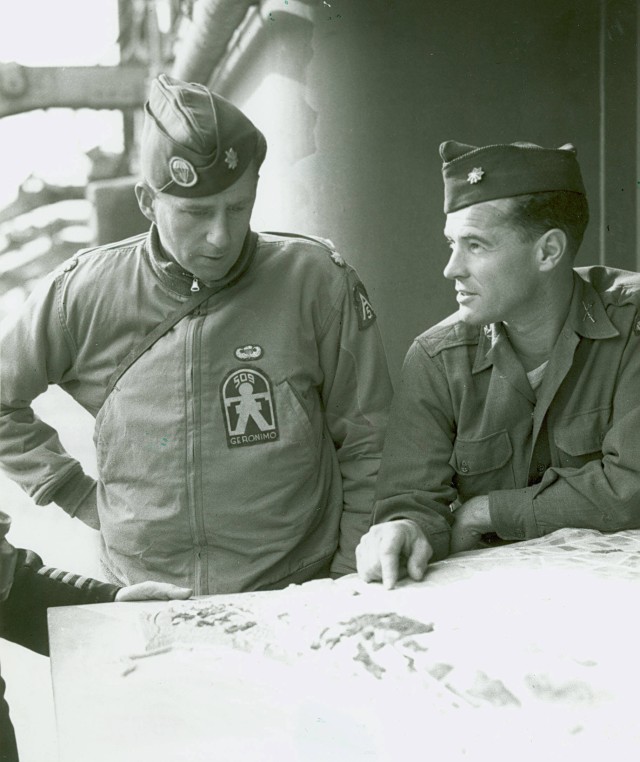
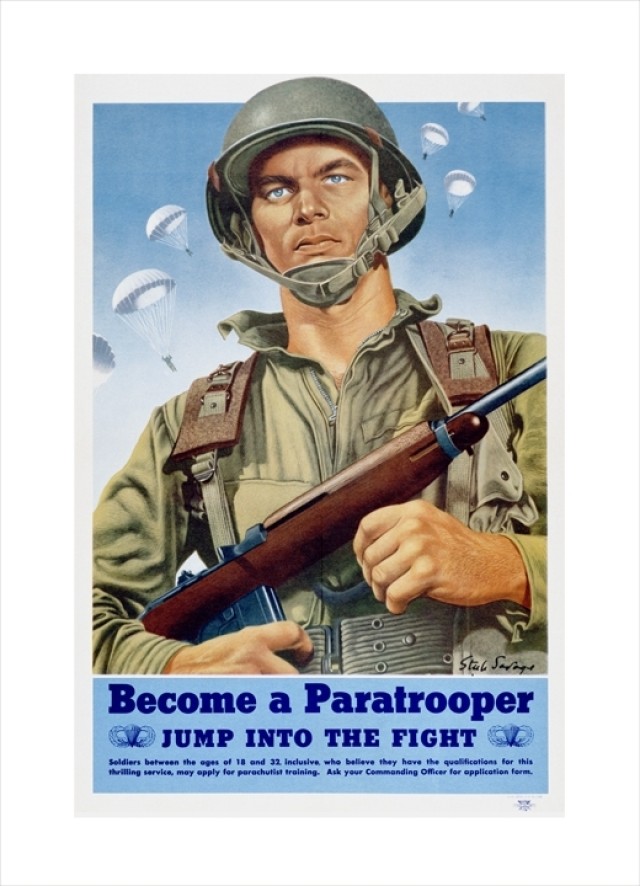
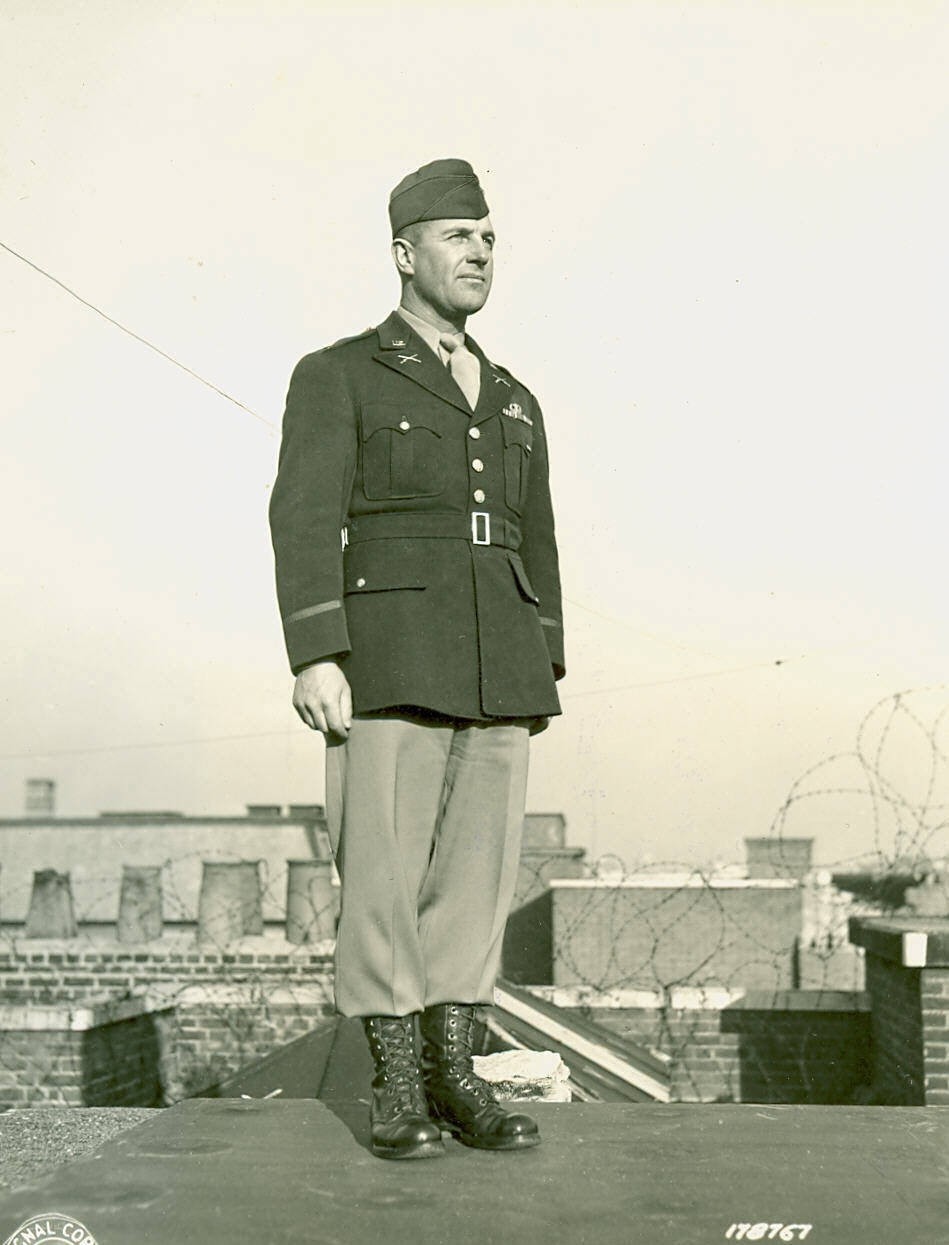



Social Sharing